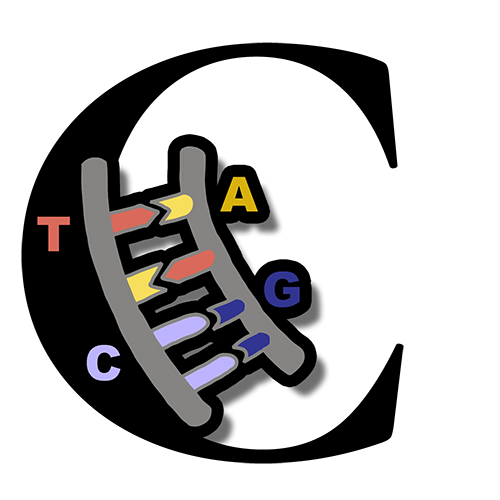How does Cas9 protein know where to cleave the DNA?
The Cas9 protein, by itself, does not inherently know where to cleave the DNA. It relies on a small guide RNA (gRNA) molecule to provide the necessary targeting information.
The gRNA is a synthetic RNA molecule that is designed to be complementary to a specific target sequence in the DNA. The gRNA contains a segment known as the “protospacer” region, which matches the target DNA sequence, and a separate “tracer” sequence that binds to the Cas9 protein.
When the Cas9 protein and the gRNA combine to form a complex, the gRNA guides the Cas9 protein to the precise location in the genome where the target DNA sequence is located. The complementary base pairing between the gRNA and the target DNA sequence ensures that the Cas9 protein binds to the correct location.
Once the Cas9-gRNA complex reaches the target DNA sequence, the Cas9 protein undergoes a conformational change, leading to the activation of its nuclease activity. The Cas9 protein cuts both strands of the DNA molecule at a specific position within the target sequence, creating a double-stranded break.
The Cas9 protein’s ability to cleave DNA at specific locations is dependent on the gRNA’s ability to accurately recognize and bind to the target DNA sequence. By designing the gRNA to match the desired target sequence, researchers can direct the Cas9 protein to a specific genomic location for precise gene editing.
It’s important to note that the design of the gRNA plays a crucial role in the specificity of the CRISPR-Cas9 system. Careful consideration and bioinformatics analysis are required to ensure that the gRNA is highly specific to the target sequence to minimize off-target effects and maximize the accuracy of gene editing.
